It was a period packed with glittering memories for Paul McCartney and Dundee will always hold a special place in his heart.
McCartney, who recently turned 80, made several trips to Scotland in the 50s and 60s as The Beatles went from unknowns to the biggest stars in the world.
The Fab Four visited Dundee twice on October 7 1963 and members of the audience paid between five and 15 shillings for tickets.
In fact it was only six years before that McCartney had been extremely disappointed to miss a Corries gig because he was away on a Boy Scout camp!
Six teenage girls were treated for hysteria
Promoter Andi Lothian from Dundee was the man who brought them north on their first Scottish tour for £40 a night and coined the phrase ‘Beatlemania’.
“Paul, in particular, is such an incredible musician and composer,” he said.
“His music is equal to some of history’s greatest composers, differentiated only by time.
“I used to book jazz bands for dances, but a lot of ballrooms were growing interested in these guys who were playing guitars and a new kind of music.
“I wasn’t happy that guitar music was overtaking jazz in the popularity stakes.
“But like most folk I listened to Radio Luxembourg, and I can remember the first time I heard The Beatles’ first hit, Love Me Do.
“I was utterly blown away. It was completely different from anything I’d ever heard and I knew I had to book them for a tour.”
So at the beginning of January, 1963, The Beatles played at dances in an unusual mixture of venues in Elgin, Aberdeen, Dingwall and Bridge of Allan.
Incredibly, not one was a sell-out.
Andi and fellow promoter Albert Bonici boarded a plane for London to meet The Beatles’ manager, Brian Epstein and begged to have the band again.
Epstein agreed, but on the proviso that it wasn’t for dances, but concerts and it would be £500 rather than £40 a night which was a major gamble.
The pair took the risk and booked the band for gigs in Glasgow, Kirkcaldy and Dundee in October and prayed they’d get a better response than earlier in the year.
It paid off and the two performances sold out and proved to be pandemonium with the high-pitched squeals of the girls almost drowning out the music.
During the concerts, 70 stewards linked arms facing the audience to stop the stage being stormed during The Beatles’ nine-number, 30-minute sets.
The band’s two performances – at 6.15pm and 8.30pm – saw them perform classic early songs including Twist and Shout, She Loves You and I Saw Her Standing There.
Six teenage girls were treated for hysteria at a first aid post set up in the Marryat Hall.
“There were girls fainting left, right and centre and, standing at the front, I was constantly getting crushed by the crowd,” said Andi.
“Getting John, Paul, George and Ringo out of the Caird Hall in Dundee proved exciting.
“To avoid being swamped by fans they had to go out a back door and scramble across a coal bunker to get their car. I remember turning to a reporter and saying: ‘It’s Beatlemania’ and a week later the term had hit the Fleet Street press.”
McCartney’s biographer Tom Doyle was raised in Stobswell and Whitfield.
He said: “There’s been a lot about the Beatles in ’63 – it was a mad time for them.
“They’d done ‘Love Me Do’ and ‘She Loves You’ came out about the week before the gig.
“I remember talking to Paul about how mental it was for them at the time. It all became a bit of a blur, it took them all by surprise, the only time this had happened before was with Elvis. It was at the time when they were in their prime, before they got jaded by all the touring. It wasn’t as glamorous as it seems.”
The Beatles returned to perform at the Caird Hall on October 20 1964 which was the last time they would come to Dundee.
Ecstatic fans screaming until they collapsed was common at a Beatles concert, but reports of their last show in the city said the “bedlam” was on a whole new level.
A newspaper report said: “Almost a year ago I stood deafened and dazed, at the fantastic welcome given to John, Paul, George and Ringo on their first visit to the city.
“Compared to last night’s ear-splitting bedlam that earlier occasion sounded like the ‘pop’ from damp framework.”
The Beatles of course went on to become the biggest band in the history of music!
One man who documented that stratospheric rise and became pals with the band was Melody Maker journalist Jack Hutton who just happened to be from Dundee!
Jack even flew to New York with the Fab Four in February 1964 on their historic first trip to America where they were met by 5,000 screaming teenage fans.
If ever there was a time and place to be boss of a music magazine, that time was the early 60s and the place was here in Britain.
For with The Beatles came a music boom that was to knock not only Britain but the whole world sideways.
The group’s demise happened just as quickly as their rise to fame.
The four young men had started living very different lives by the time McCartney chose photographer Iain MacMillan’s shot for the Abbey Road cover in 1969.
The street would become as famous as the music itself thanks to the photo produced by Iain who started his career as a trainee manager at a jute factory in Dundee.
Dundee cake for a birthday celebration
The Beatles broke up in 1970 but McCartney returned to the Caird Hall in 1975 with his band Wings and he made sure there was plenty of Dundee cake on hand!
Tickets were £1 and £2.50 for the gig which was part of the band’s Wings Over the World tour and took place just a day before Linda turned 33.
McCartney performed Beatles songs for the first time since the band broke up.
The Evening Telegraph review following the Caird Hall date on September 23 1975 said the gig “must rank as one of the best shows on Tayside for some time”.
The set list featured material from Wings’ best-selling studios albums as well as some of McCartney’s compositions from the Beatles era, including Yesterday, Lady Madonna and The Long and Winding Road.
At the end of the show, a large cake was wheeled on stage while the brass section of Tony Dorsey, Howie Casey, Steve Howard and Thaddeus Richard played “Happy Birthday” in a New Orleans-style arrangement.
Linda left a message in the Caird Hall autograph book after the gig which said: “Keep it up Dundee, you take the cake!”
Last week it was Paul blowing out the candles and you can bet there were many people in Dundee raising a glass in honour of the great man.
More like this:
Melody Maker: Dundee journalist Jack Hutton was friends with The Beatles and The Rolling Stones
Moonlight on the Dighty: Jimmy Deuchar was Dundee’s jazz trumpet hero
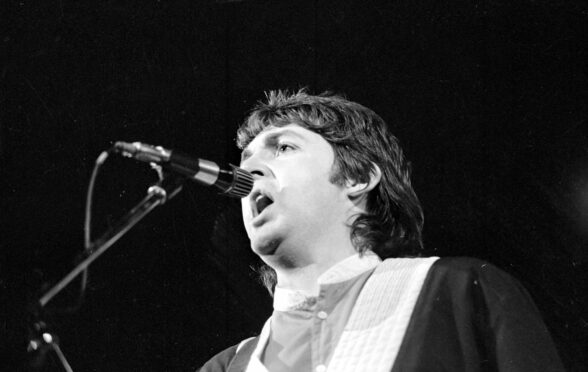
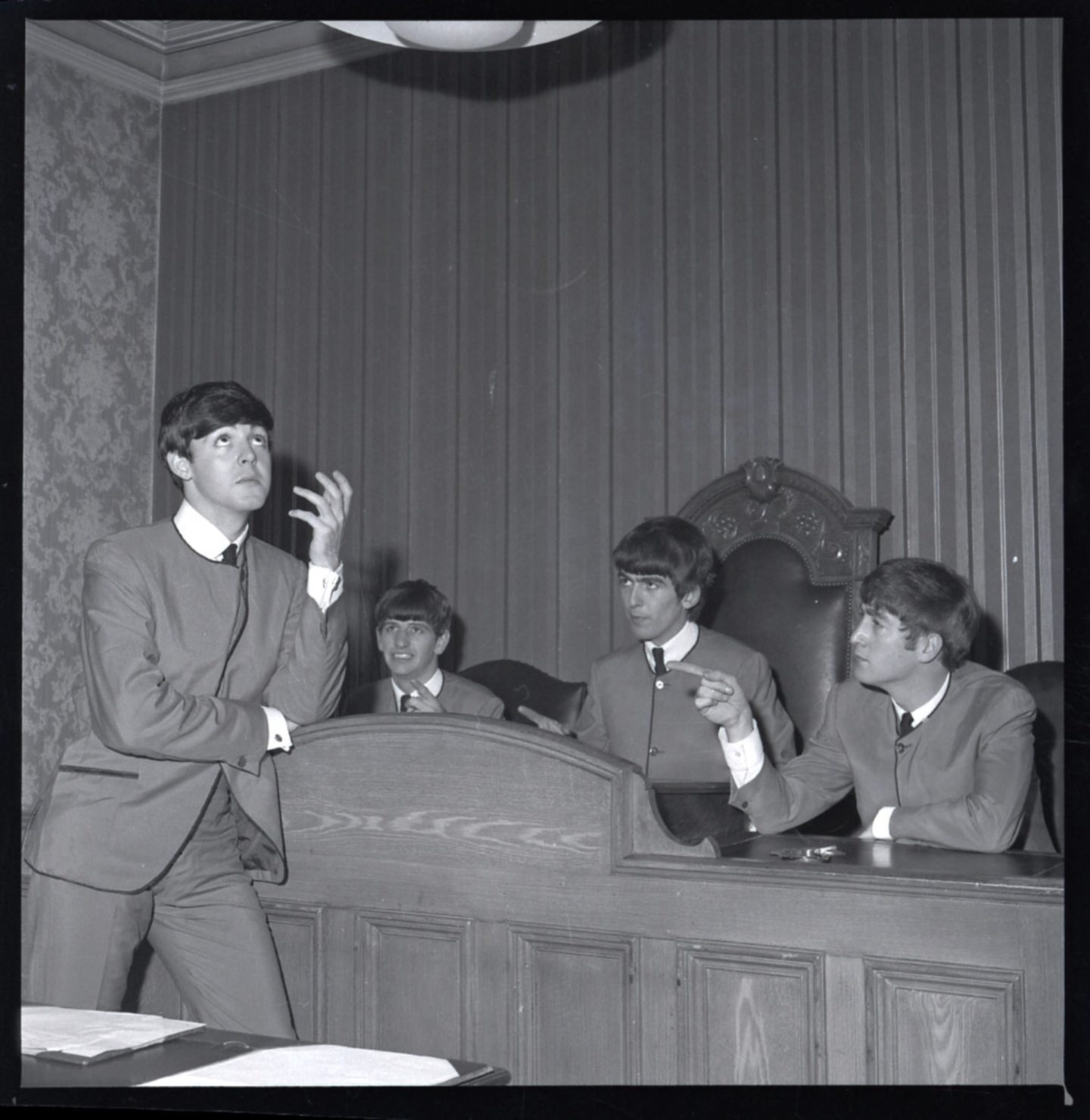
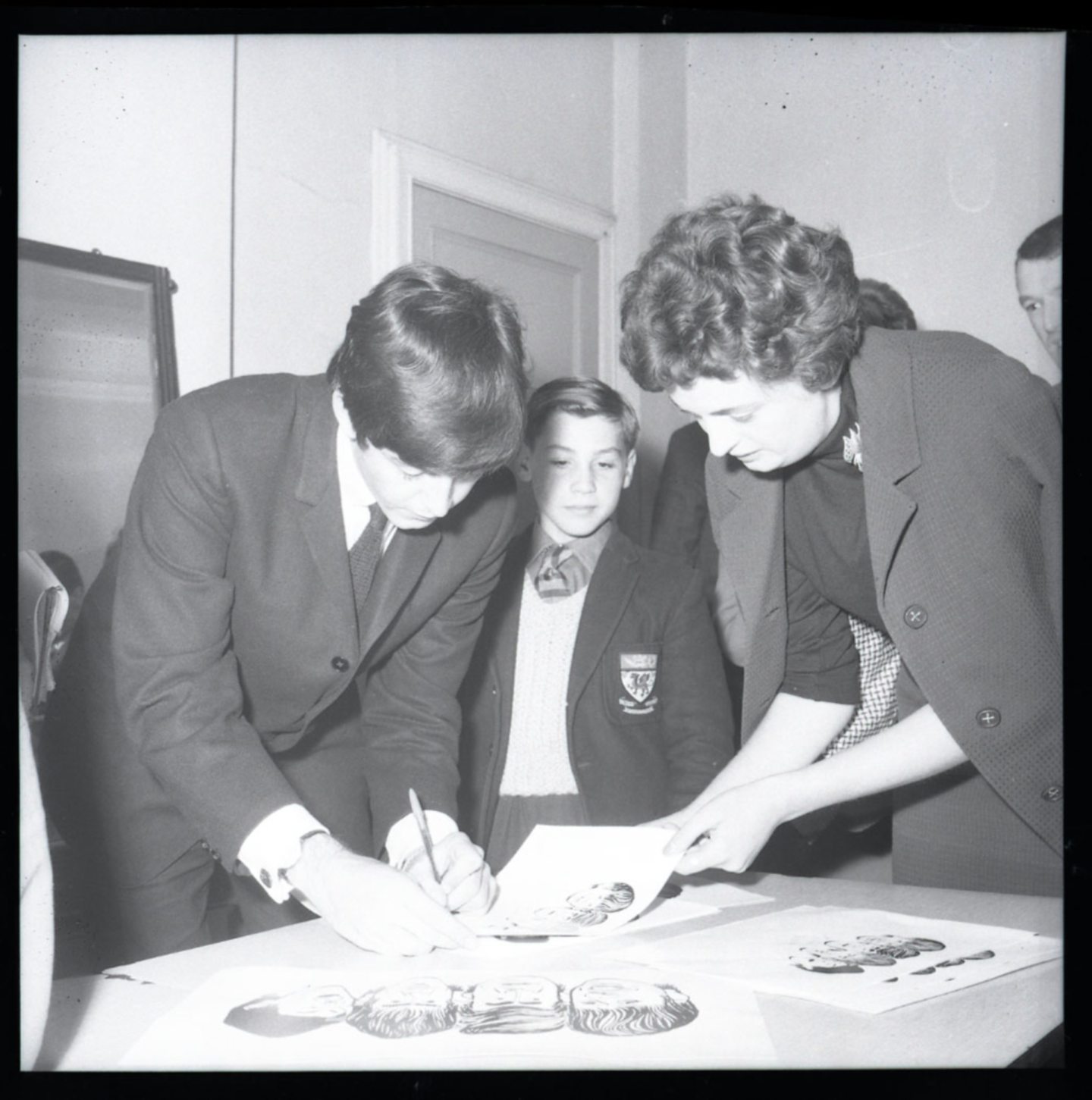
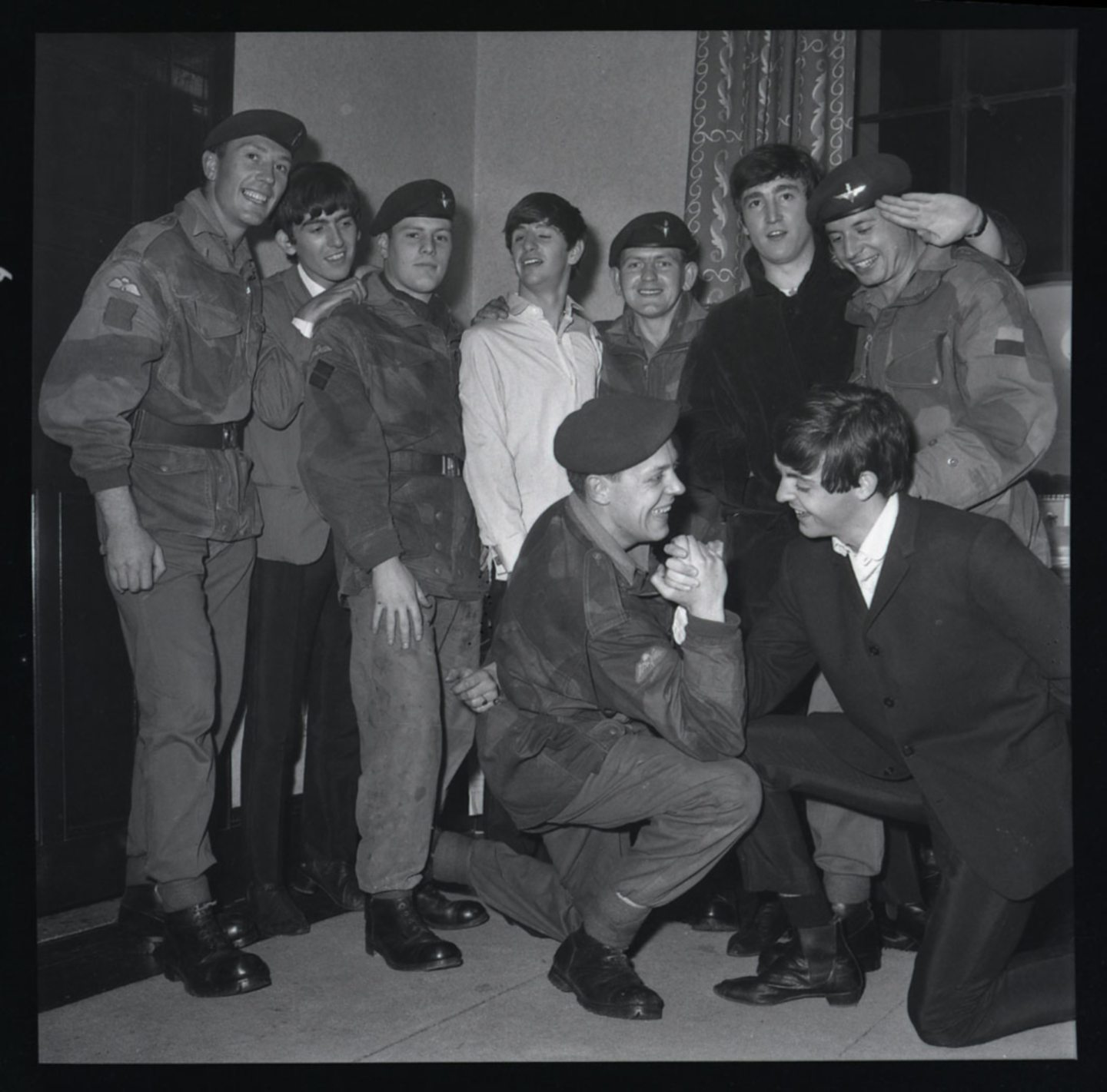
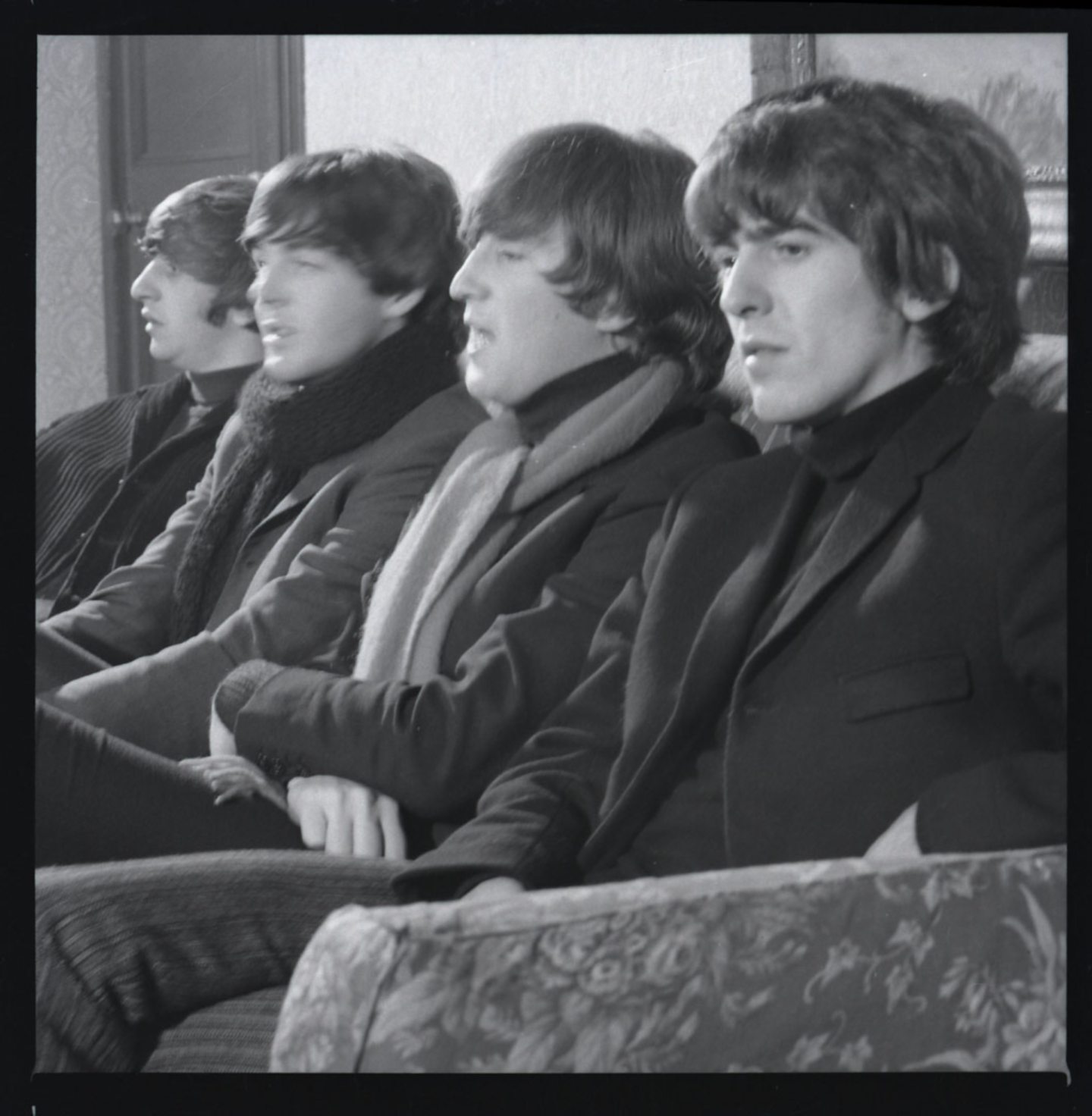
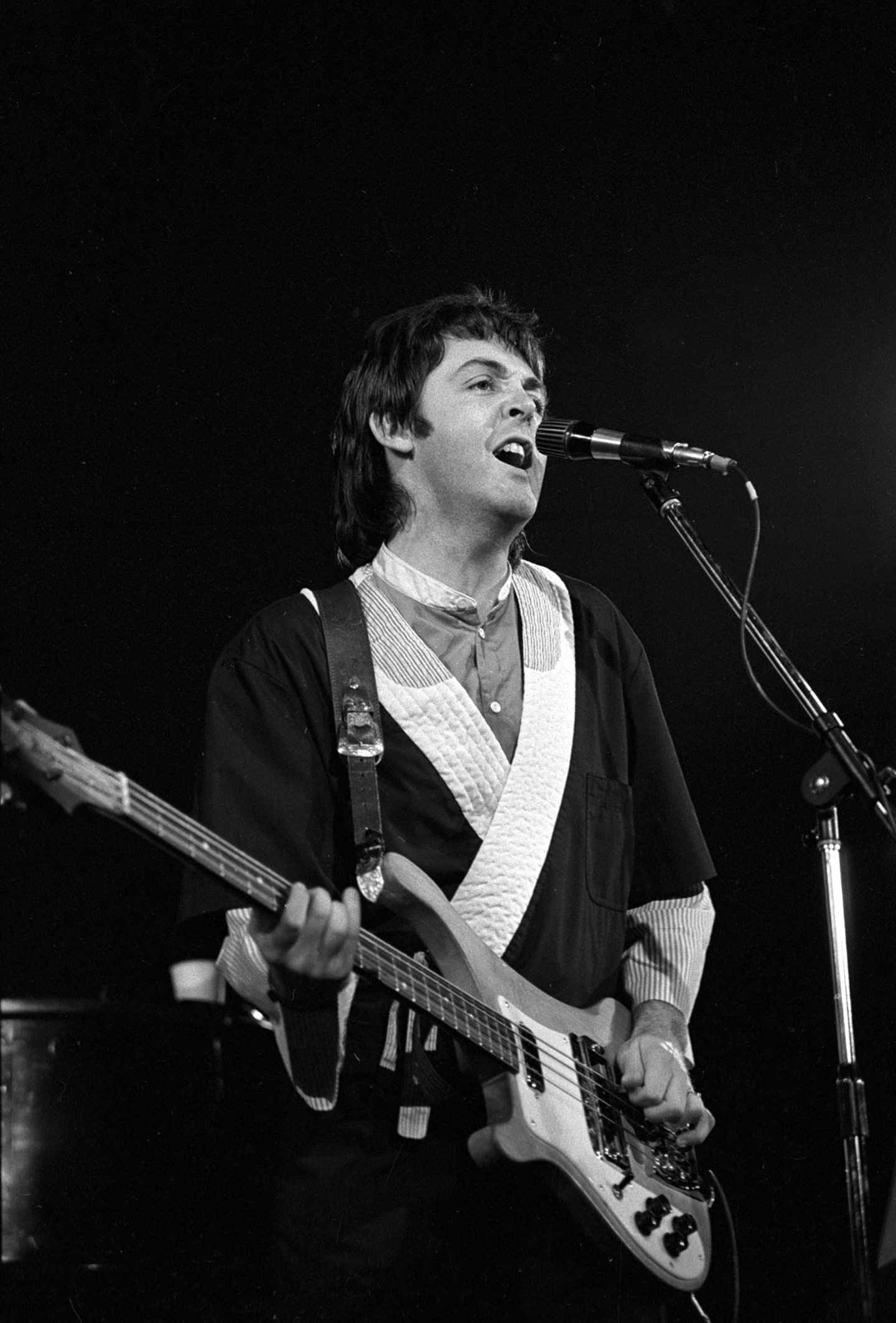
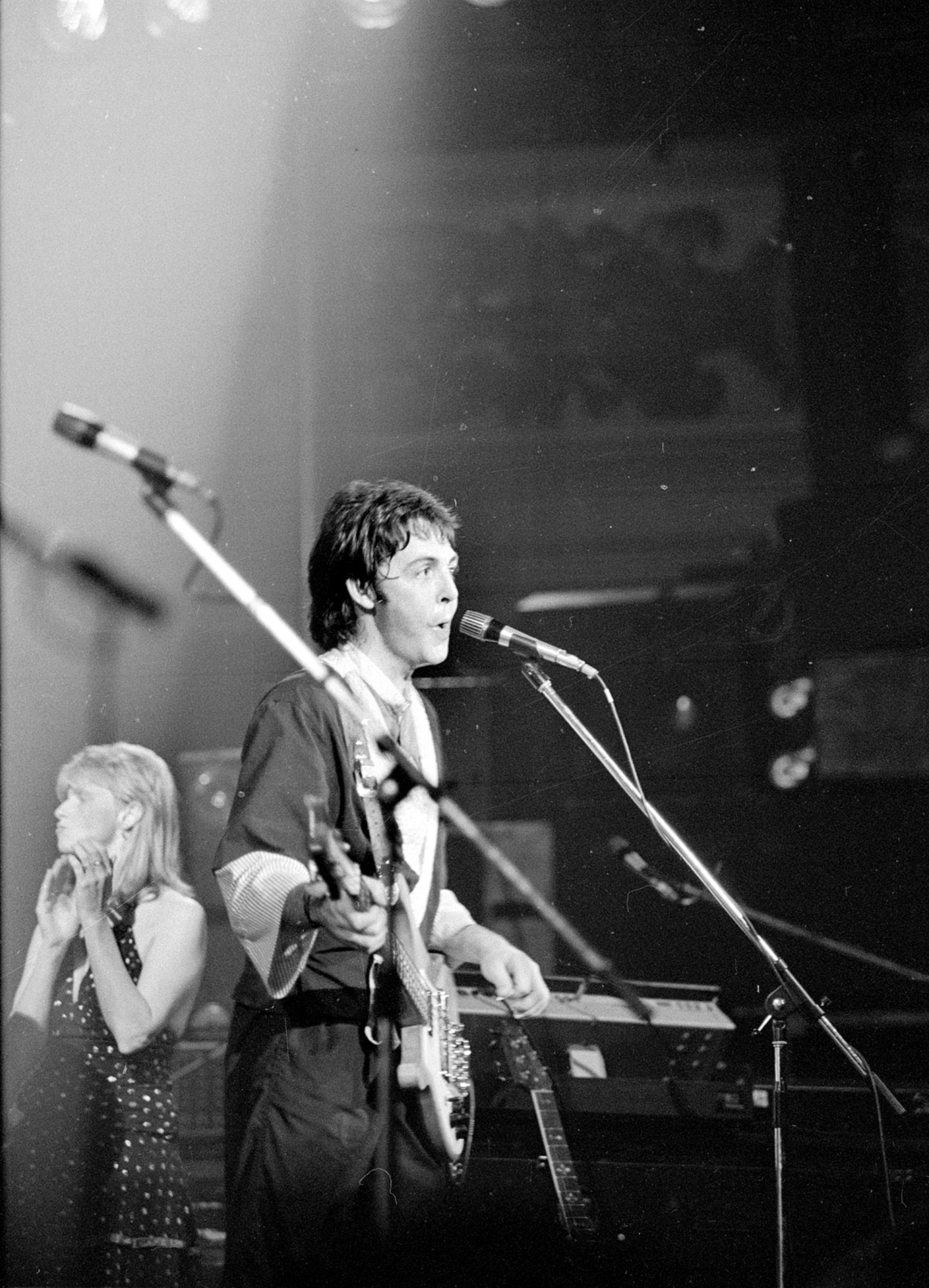










Conversation